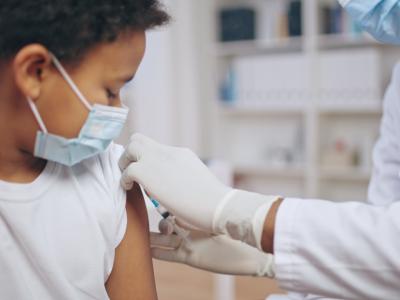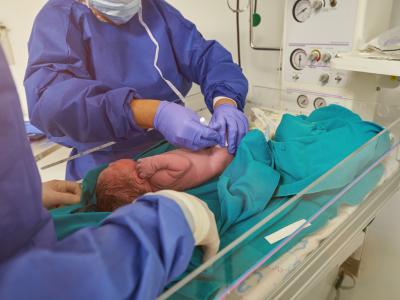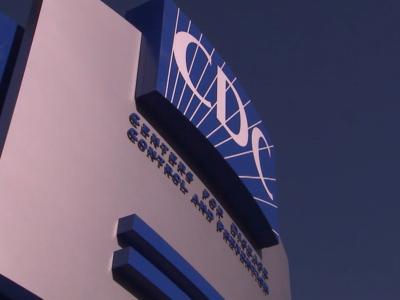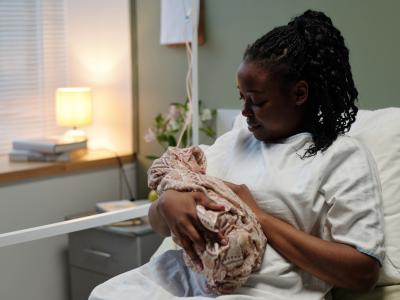Italian study finds COVID-19 symptoms persist in many patients
A small study by Italian researchers found that more than 87% of patients who had recovered from acute COVID-19 still had at least one symptom 2 months after illness onset.
The study, published yesterday in a research letter to JAMA, assessed 143 patients treated for acute COVID-19 at a hospital in Rome in April and May. Patients were assessed a mean 60.3 days after onset of the first symptom.
At the time of evaluation, 32% had one or two symptoms and 55% had three or more. Only 12.6% were completely free of symptoms. None of the patients had any signs or symptoms of acute illness, but lower quality of life was observed among 44.1%, with a high proportion of individuals still reporting fatigue (53.1%), difficulty breathing (43.4%), joint pain (27.3%), and chest pain (21.7%).
The authors of the study said the results suggest continued monitoring of COVID-19 patients after discharge for long-lasting effects of the illness is needed.
Jul 9 JAMA research letter
Increased incidence of stress cardiomyopathy linked to pandemic
Psychological, social, and economic stress related to the COVID-19 pandemic was associated with an increased incidence of stress cardiomyopathy, also known as "broken heart syndrome," in uninfected patients, researchers from the Cleveland Clinic reported yesterday in JAMA Network Open.
The retrospective study, conducted at two hospitals in the Cleveland Clinic health system, examined the incidence of stress cardiomyopathy—a condition in which intense physical or emotional stress causes heart muscle weakness—in patients presenting with acute coronary syndrome. They compared the incidence in patients who presented during the COVID-19 pandemic (Mar 1 to Apr 30) with the incidence in four control groups of patients who presented prior to the pandemic (March to April 2018, January to February 2019, March to April 2019, and January to February 2020). Testing for COVID-19 was conducted in the patients who presented during the pandemic.
Among a total of 1,914 patients who presented with acute coronary syndrome, 258 presented during the pandemic and 1,656 presented prior to the pandemic. The results of the analysis showed there was a significant increase in the incidence of stress cardiomyopathy during the COVID-19 period, with a total of 20 patients with stress cardiomyopathy (incidence proportion, 7.8%) compared with the pre-pandemic timelines, which ranged from 5 to 12 patients in each period (incidence proportion, 1.5% to 1.8%).
The rate ratio comparing the COVID-19 pandemic period to the combined pre-pandemic period was 4.58 (95% confidence interval [CI], 4.11 to 5.11; P < .001). All patients during the COVID-19 pandemic had negative reverse-transcription polymerase chain reaction test results for COVID-19.
Patients with stress cardiomyopathy during the COVID-19 pandemic had a longer median hospital stay compared with those hospitalized in the pre-pandemic period. There were no significant differences between the COVID-19 period and the overall pre–COVID-19 period in mortality (1 patient [5.0%] vs 1 patient [3.6%], respectively; P = .81) or 30-day rehospitalization (4 patients [22.2%] vs 6 patients [21.4%], respectively; P = .90).
"The association between stress cardiomyopathy and increasing levels of stress and anxiety has long been established," the authors of the study wrote. "The psychological, social, and economic distress accompanying the pandemic, rather than direct viral involvement and sequelae of the infection, are more likely factors associated with the increase in stress cardiomyopathy cases. This was further supported by negative COVID-19 testing results in all patients diagnosed with stress cardiomyopathy in the study group."
Jul 9 JAMA Netw Open study











